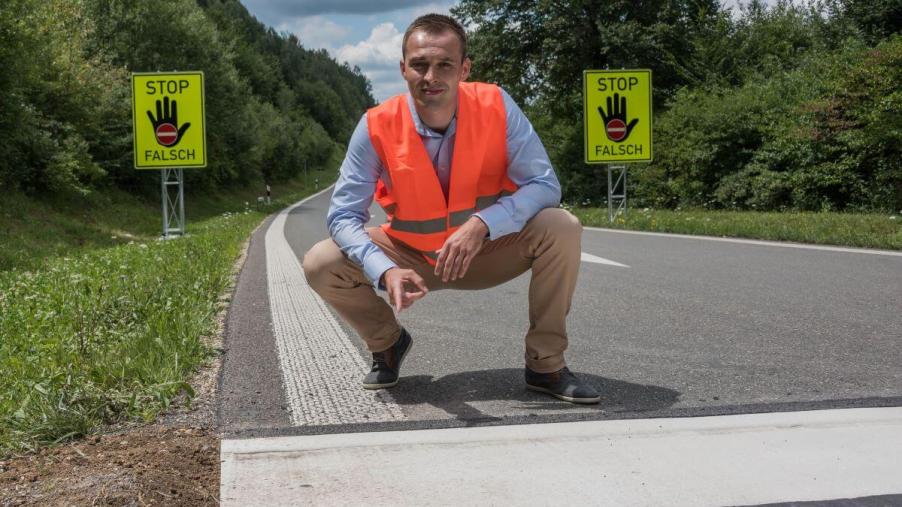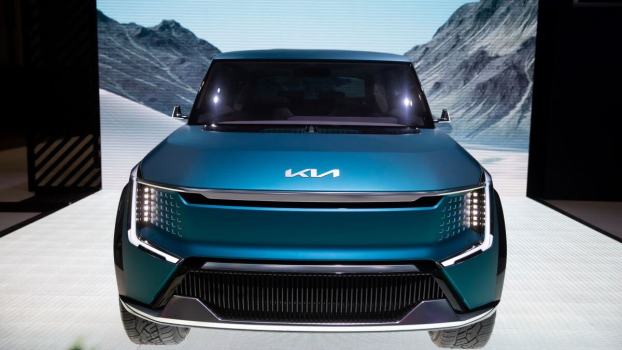
What Are Rumble Strips and How Do They Enhance Road Safety?
Rumble strips help reduce car accidents by providing audible warnings to drivers as they approach areas requiring reduced speed or if leave their current travel lane. While you’ve likely encountered this car safety feature while driving, you might be curious to know more about them and read about some of their other names and varying designs. Let’s explore the ins and outs of rumble strips and how they keep you safe while driving.
What are rumble strips, and why are they important?
The Federal Highway Administration says the three main categories of rumble strips are:
- Centerline
- Shoulder
- Transverse
The International Road Assessment Programme (iRAP) says the primary purpose of rumble strips is as a road safety feature to alert inattentive and impaired drivers of unintentional lane drift and upcoming road changes through noise and vibration. Whenever a vehicle’s tires drive over a series of raised or recessed rumble strips, the unevenness causes substantial vibrations felt inside the car and a loud noise often heard by nearby neighborhoods and inside the vehicle.
Centerline rumble strips
As the name implies, you’ll find centerline rumble strips between two-way road travel lanes. Most often, drivers encounter these before drifting into an oncoming traffic lane.
Shoulder rumble strips
Shoulder rumble strips warn drivers whenever they’ve drifted toward the roadway edge. They help prevent inattentive, sleepy, and impaired drivers from running off the road.
Edge-line rumble strips are a type of shoulder rumble strip. True to their name, edge line rumble strips occur on the roadway edge and often include pavement markings.
Transverse rumble strips
Highway departments use transverse rumble strips to alert drivers to changes. Transverse, in this case, means the rumble strip crosses the direction of travel so that drivers must pass over them. Some examples of changes that might warrant transverse rumble strips preceding them are:
- Dangerous intersections
- Toll plazas
- Horizontal curves
- Work zones
- School zones
Are rumble strips and speed bumps the same thing?
They are not the same, and each exists to serve a different purpose. Image Extra says speed bumps calm traffic flow by requiring drivers to slow down when crossing over them. Rumble strips don’t need slow speeds for effectiveness and only seek to gain the driver’s attention.
Pros and Cons of rumble strips
Like most things in life, rumble strips have pros and cons. Here are a few pros:
- Increased driver awareness
- Reduction in head-on and running-off-road accidents
- Cost-effective installation
- Alert drivers to changes ahead
And a couple of cons to consider:
- Exterior noise can disturb nearby residents
- Potentially dangerous for cyclists if there’s not a designated bike path to avoid them
How many types of shoulder rumble strips are there?
Hog Technologies says there are four distinct types of shoulder rumble strips.
Rolled rumble strips
Rolled rumble strips consist of rounded or V-shaped grooves pressed into hot asphalt during the road construction phase. These rolled strips produce a more gentle warning for drivers than other types.
Formed rumble strips
Like rolled rumble strips, formed rumble strips require new roadway construction. However, forming machines press prefabricated rounded or V-shaped forms into concrete road shoulders.
Milled rumble strips
Milled rumble strips require cutting into the existing roadway shoulder. A typical pattern involves cuts 5 to 7 inches long and a 1/2 inch deep spaced every 12 inches.
Raised rumble strips
In moderate climates that don’t require snow plows in winter, raised rumble strips are a popular option. Raised strips consist of rounded or rectangular makers ranging from two to 12 inches wide, although some companies offer raised button-type markers.
Other common names for rumble strips
Depending on where you are, you could hear rumble strips referred to by the following names:
- Drunk bumps
- Sleeper strips
- Alert strips
- Audible lines
- Growlers
- Sleepy or sleeper bumps
- Wake-up calls
- Drift/lane lines
If you’re curious about how your state employs rumble strips, contact your local Department of Transportation (DOT) or visit its website. Otherwise, you can enjoy knowing what they are and their intended purpose.




